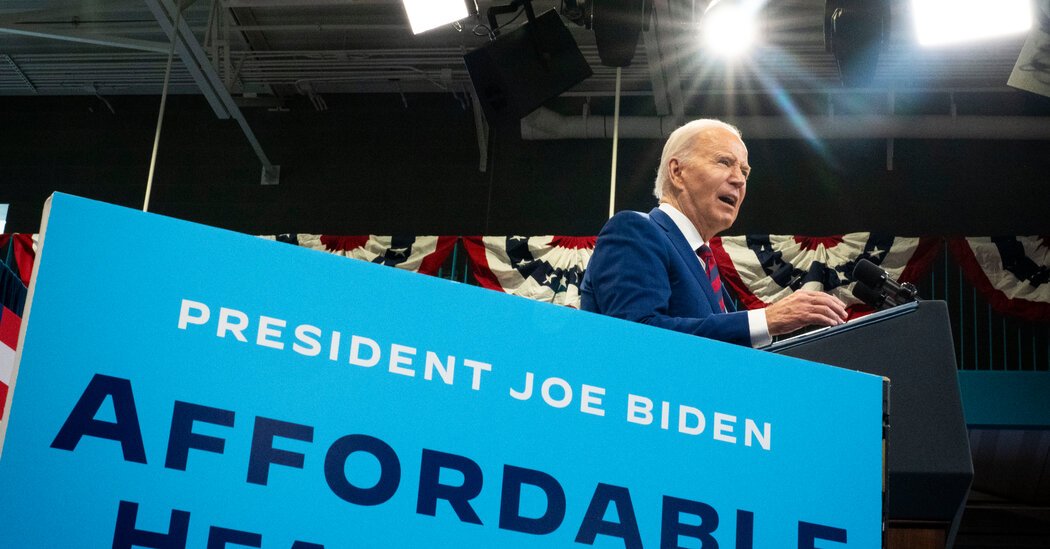The News
Uninsured rates among Black, Hispanic, Asian and Native Americans plummeted between 2010 and 2022, according to reports released Friday by the Health and Human Services Department, as more patients gained health coverage from the Affordable Care Act’s marketplaces, Medicaid and employer plans.
The uninsured rate among Black Americans dropped to just under 11 percent from roughly 21 percent, while the rate among Hispanic Americans dropped even more, to 18 percent from almost 33 percent. Among Asian Americans, the rate fell to just over 6 percent from nearly 17 percent, and among Native Americans to roughly 20 percent from more than 32 percent.
Neera Tanden, the White House domestic policy adviser, said the reports were some of the first comprehensive data on marketplace insurance rates broken down by race and ethnicity. “It’s something we’ve wanted to understand,” she said.
The drops cut significantly into gaps between ethnic groups. The uninsured rate among Black Americans, for example, was almost eight percentage points higher than for white Americans in 2010, and was only four percentage points higher in 2022.
The data points to the broad effects of the Affordable Care Act, the landmark law President Barack Obama signed in 2010 that created new state and federal insurance marketplaces and expanded Medicaid to millions of adults. National uninsured rates have continued to drop in recent years, hitting a record low in early 2023.
Behind the Numbers: White House officials largely credited enhanced subsidies for marketplace plans.
Ms. Tanden attributed the more recent coverage increases in part to federal subsidies that were expanded as part of a pandemic relief package in 2021, helping Americans purchase marketplace plans with lower premiums. The subsidies were later extended through 2025.
Marketplace enrollment roughly doubled for Black and Hispanic Americans between 2020 and 2023, according to federal data released with the reports. The Biden administration also highlighted record enrollment in marketplace coverage in 2024, including an estimated five million Hispanic Americans, two million Black Americans, 2.5 million Asian Americans and 200,000 Native Americans.
Many of those who stayed insured in recent years were lower-income Americans in Medicaid, who benefited from a provision in a 2020 pandemic relief package that required states to keep people in the program without regular eligibility checks. That policy lapsed in April 2023.
What the Critics Say: Opponents of subsidies contend that they are a costly way to offer mediocre health coverage.
Conservative critics of the subsidies have said their price tag — $64 billion for a three-year extension, according to the Congressional Budget Office — is exorbitant for the quality of plans on the marketplaces, which can include deductibles and co-pays that can be expensive for middle-class Americans.
President Biden has highlighted the enhanced subsidies as one aspect of his health policy agenda that could come under attack were former President Donald J. Trump to win the White House in November. Mr. Trump or a Republican-controlled Congress could allow the expansion of the subsidies to expire, which would cause premiums to rise.
What’s Next: The Biden administration is investing heavily to help more people enroll in marketplace plans.
The Centers for Medicare and Medicaid Services also announced that it would award $500 million over five years for more insurance “navigators,” workers who help enroll Americans in marketplace plans. Funding for those groups dipped during the Trump administration.
The $100 million doled out in the program for the first year would be the largest single-year investment in the program so far, federal officials said.


